This summer, some elderly residents of the small Moldovan city of Orhei started receiving an unusual top-up to their monthly pension.
It came not from the state but from a fugitive oligarch living in Moscow, via a Russian state bank subject to western sanctions, and was paid to Russian-issued credit cards outlawed in Moldova.
Ilan Șor, the oligarch behind the scheme, announced that all Moldovan pensioners could receive this extra cash, provided they voted “No” in a referendum on EU membership taking place on Sunday.
“I need your co-operation, my friends. No EU!” Șor said on social media. A former mayor of Orhei, the businessman fled Moldova in 2019 after being convicted of massive fraud, and is now a Russian citizen.
Moldovan authorities say the pension top-ups are just one of many methods the Kremlin is using to influence the referendum, which is being held simultaneously with a presidential election. The incumbent, Maia Sandu, is hoping to secure a second term and reaffirm the EU aspirations of her country, which is sandwiched between Romania and Ukraine.
Taken together, the two votes mark a “historic” choice for the ex-Soviet nation, local politicians say, between a European path and a return to the Russian fold.

The stakes are high for Moldova, said Olga Roșca, an adviser to Sandu on foreign policy. “With Russian pressure, we thought we’d seen it all. But this is an unprecedented scale of interference, backed by an unprecedented flow of illegal money.”
Police have intercepted schemes funnelling money from Russia directly into the bank accounts of more than 130,000 Moldovans — a network police chief Viorel Cernăuțeanu has described as carefully cultivated by Șor in the 2.5mn strong country.
Sor has denied voter bribery, telling Russian state news agency Tass that such claims were an “absurd spectacle”.
Once the transfers were shut down, police started catching “money mules” at the airport arriving from Moscow with stacks of cash. Officials estimate Russia to have spent about $100mn this year on Moldova’s electoral processes.
“Russia has created a Ponzi scheme of people who take money to vote a certain way,” said Vladislav Kulminski, a former deputy prime minister of Moldova. Moscow “still thinks that somehow Moldova is its historical territory, and it’s not willing to relinquish it voluntarily”.

Șor has been accused of deploying his network and funds, first to build a power base in a southern region of the country, and then to skew Orhei’s local elections, favouring his proxies.
“Now he’s trying to repeat this, but on a national level,” said a person close to the country’s security services.
Orhei’s pension top-ups were announced by Șor-backed mayor Tatiana Cociu after she travelled to Moscow. Authorities in Chisinau balked.
“Name me a country that would tolerate a foreign government illegally paying ‘bonus pensions’ directly to its citizens,” the person said. “It’s a clear attempt to buy loyalty, and we’ve seen it work.”
Șor, who fled Moldova after being convicted in a bank fraud scandal in which $1bn was taken out of the country, has also spent lavishly on local projects in Orhei. But residents this week appeared unfazed and largely in favour of the EU, in line with much of the rest of the country.
A poll last month found 62 per cent of Moldovans favour EU membership, which Sandu’s government applied for after Russia’s full-scale invasion of Ukraine in 2022.
“I can see it’s all PR, he just wants votes,” said Alla, 65, as she watched her grandchild play in Orheiland, a free amusement park built by Șor. People had knocked on her door this summer, offering Șor’s extra pension, but she declined.
The Kremlin has denied any meddling and has accused the Moldovan government of suppressing pro-Russian views. Șor could not be reached for comment.
On a campaign stop in the central Moldovan village of Bardar this week, where chickens roamed unpaved streets and tractors rumbled past small vineyards, Sandu went door to door reminding people to cast their votes.
Villagers said they knew the stakes. “I’ve seen both. I lived in Russia for six years, and I’ve lived in Portugal. I know the difference,” said Vasile, a pensioner, leaning over his fence.
Peering through garden gates in the village and greeting grandmothers in headscarves, Sandu spoke about the need to withstand the forces buffeting the small nation.

“We can see this big effort from Russia . . . it’s sort of mesmerising,” said Mihai Duca, the general manager of a 100-year-old cognac distillery in Bardar.
“The Kremlin has unimaginable resources to buy votes, while people are poor and vulnerable . . . I hope we don’t get left behind on other side of a new iron curtain.”
It is unclear what the bloc — which just pledged a €1.8bn multiyear package for Moldova to help it on the EU accession path — would do if the country votes “no”, or if turnout is below the 33 per cent threshold for a “yes” to pass.
“It’s a gamble,” one western official in Chișinău said. “There is no contingency plan for if the referendum fails. There’s no plan B.”
Moldova did not consult with the EU before deciding to hold the referendum, which was not required at this point in the accession talks, said two European officials and a Sandu ally.
“It was a decision driven by the domestic picture and the EU wasn’t particularly happy about the timing,” the ally said. “It sort of held them hostage.”

Sandu’s critics have accused her of tying the referendum to the presidential vote in order to boost her own chances of winning, and becoming the first Moldovan president to be elected for a second term.
A poll this month by CBS-Axa Centre for Sociological Research found Sandu leading with 35.8 per cent of the vote, ahead of the next candidate in line, Alexandr Stoianoglo, at 9 per cent.
Sandu’s supporters say the timing of the referendum was intended instead to seize a moment when Moldova’s president and parliament are both firmly pro-EU, and the bloc itself is spurred by Russia’s invasion of Ukraine to expedite Chișinău’s bid.
“Moldova has never been as geopolitically sexy as it is right now,” the western official said. “It has the support of the whole democratic world.” Eight EU foreign ministers visited the country in the past week.
Russia is expected to focus even more intensely on parliamentary elections, due in 2025, politicians said. Stacking the legislature with compliant MPs could allow it to block reforms needed for EU integration.
Sandu may be hoping to pre-empt that by holding the referendum now. If a “yes” wins, EU accession would be written into the country’s constitution as a national goal, making it far harder for opponents to change the country’s course.
“The longer we drag, the more intense the Russian pressure becomes,” Roșca, the adviser, said. “We’re in a race against the clock.”
The EU’s funding package is likely to energise support, Moldova’s economy minister Dumitru Alaiba said. “If you include investments we could leverage, it’s potentially 10 per cent of Moldova’s GDP every year. It could mean more than doubling the Moldovan economy over the next 10 years.”
Many in Moldova have felt economic strain in the four years of Sandu’s rule, which has been marked by the Ukraine war and the subsequent energy crisis that led Moldova to end its dependence on Russian gas.
A fruit trader in Bardar said he had felt prices go up and Duca, at the distillery, recalled natural gas prices in the first year of war hitting the business hard.

Some also fear provoking Russia. “There’s a significant segment who are neutralists and say let’s stay friends with east and west,” said Alexandru Flenchea, a former deputy prime minister.
Many of his fellow countrymen lived by the motto “don’t trouble the Russian bear”, he said, given the historic trauma of being annexed by the USSR in 1940.
Russian foreign minister Sergei Lavrov has warned Moldova’s westward pivot risks turning it into the “next Ukraine”.
It has become a mantra for several candidates running against Sandu, while Șor often tries to fuel a sense of victimhood among Russian speakers in the majority Romanian-speaking country.
Sandu has tried to prove this is not the case, her team said. This summer, she handed out Moldovan passports to a Russian rock band called Bi-2 that had opposed the invasion of Ukraine.
On Tuesday night, the band performed in Chișinău, to a massive crowd. On a balcony at the back, Sandu sang along to the Russian hits.

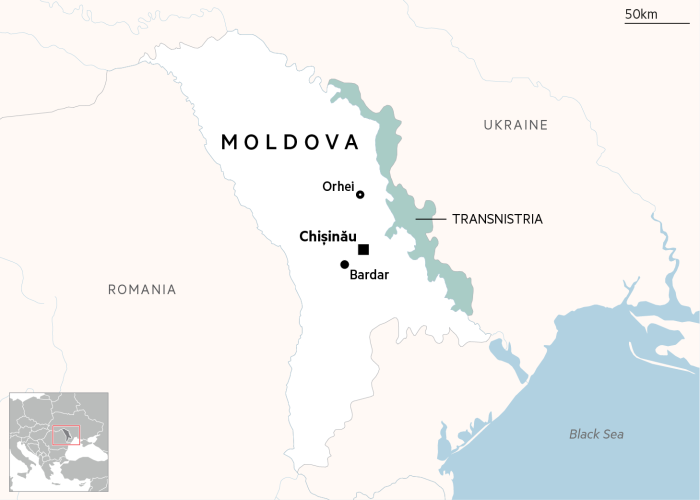
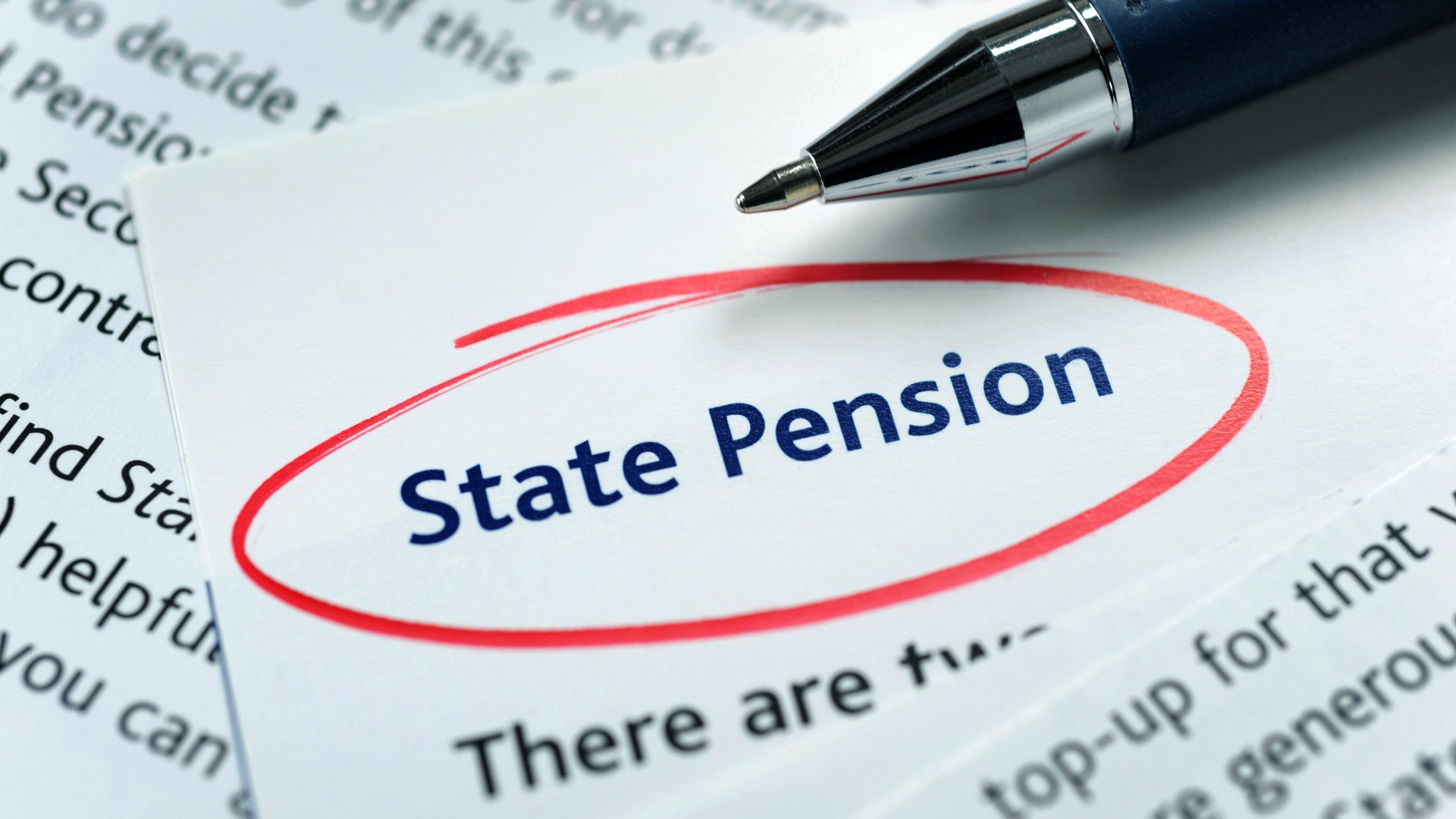



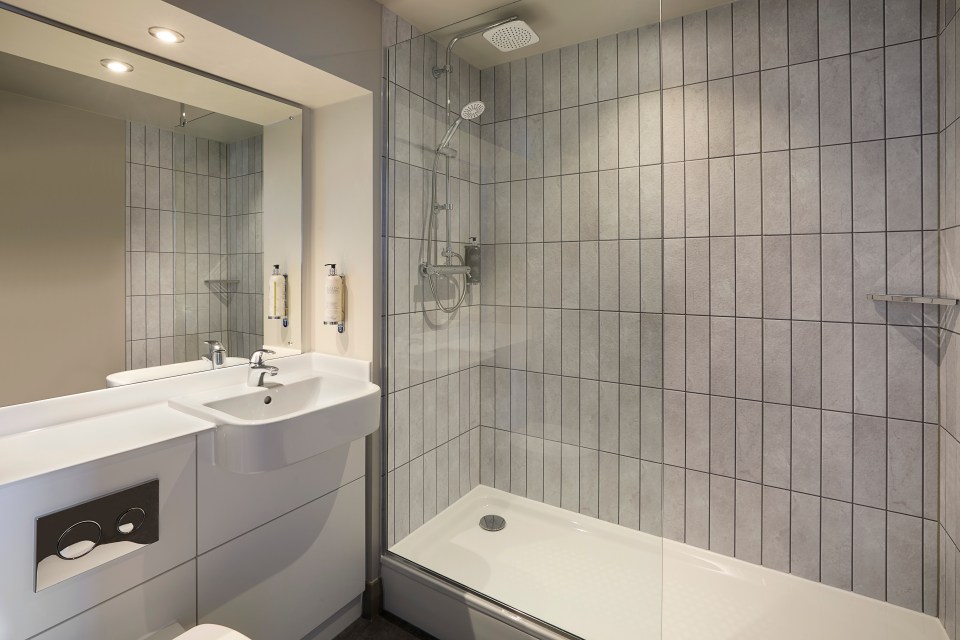



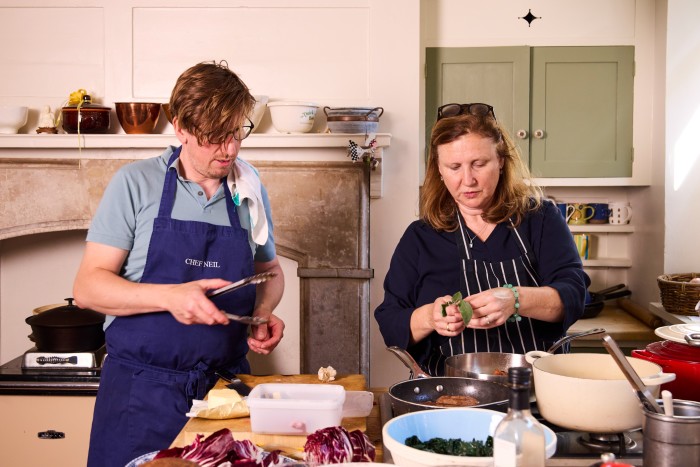

















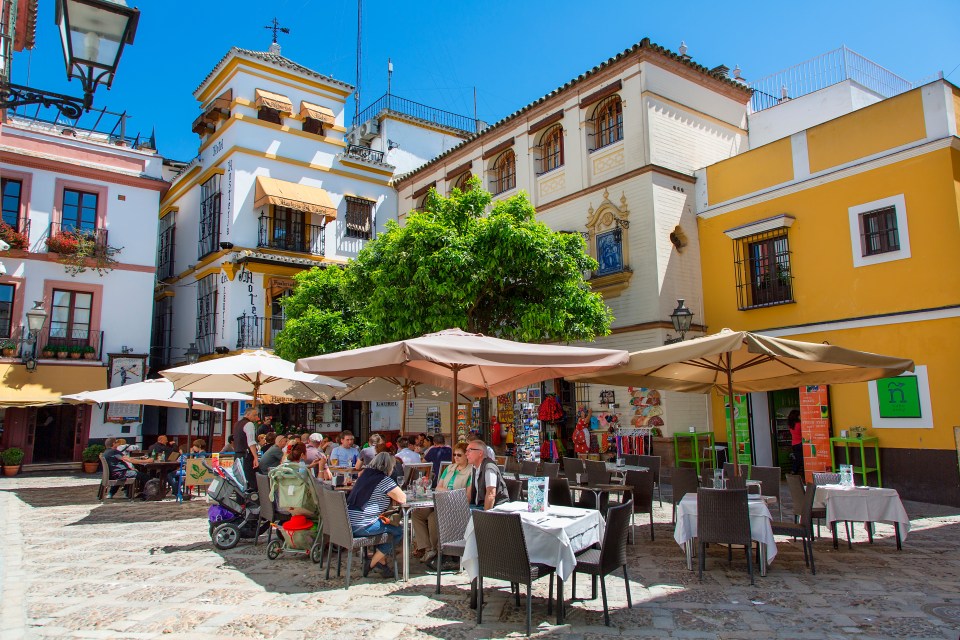
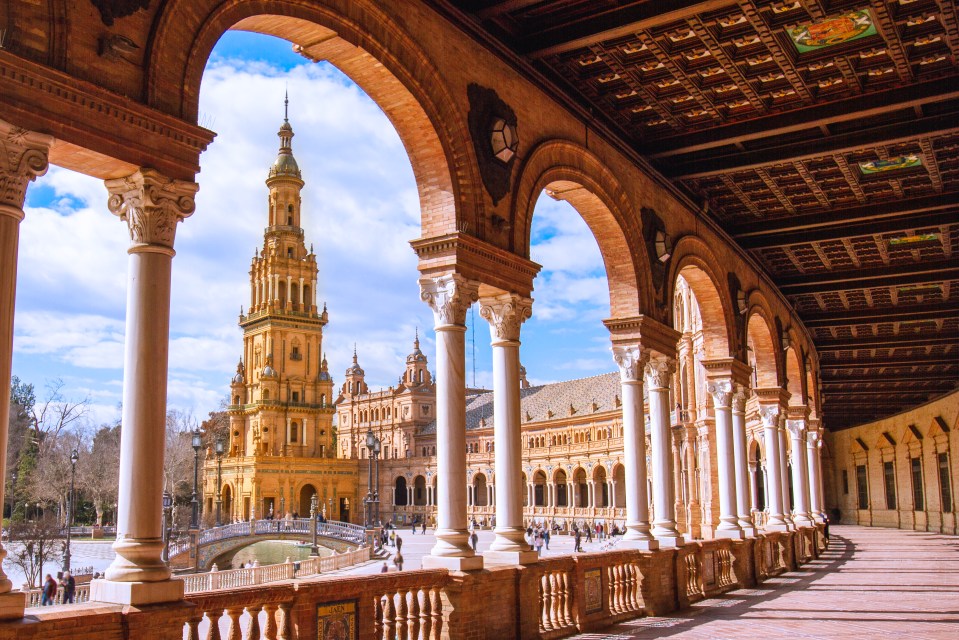
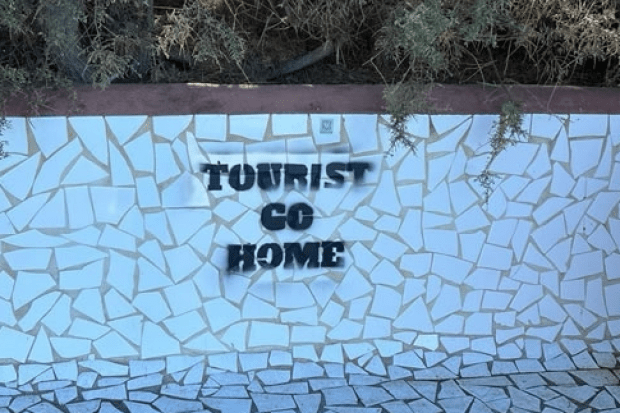
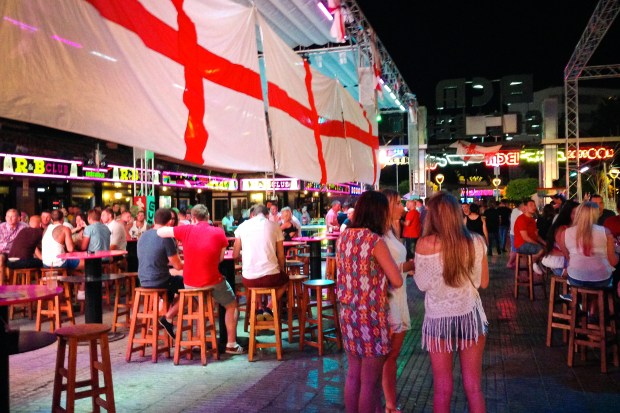
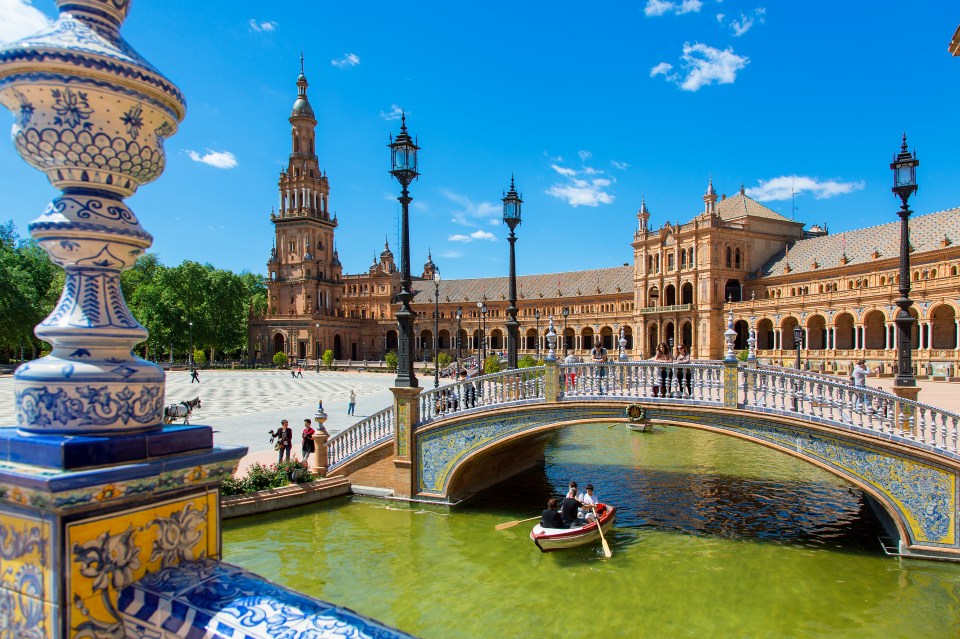







































































































































You must be logged in to post a comment Login